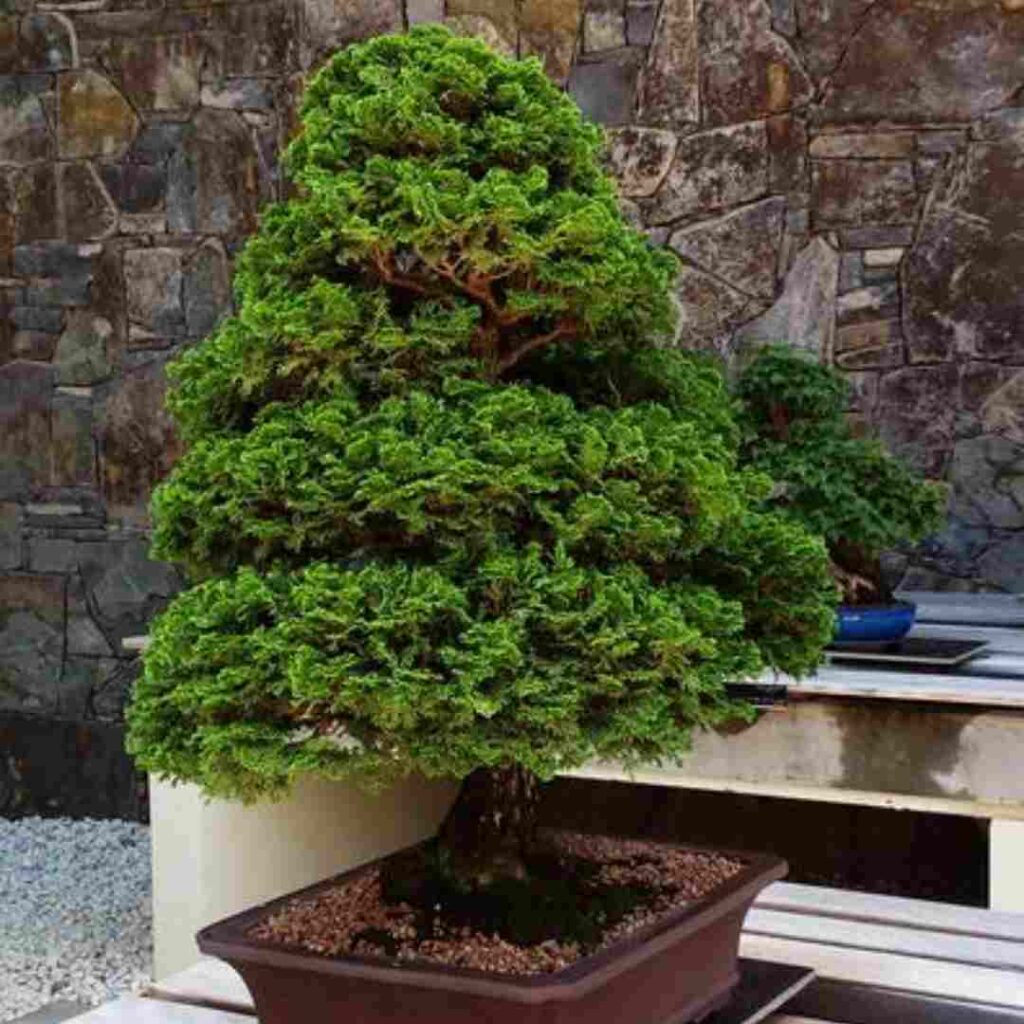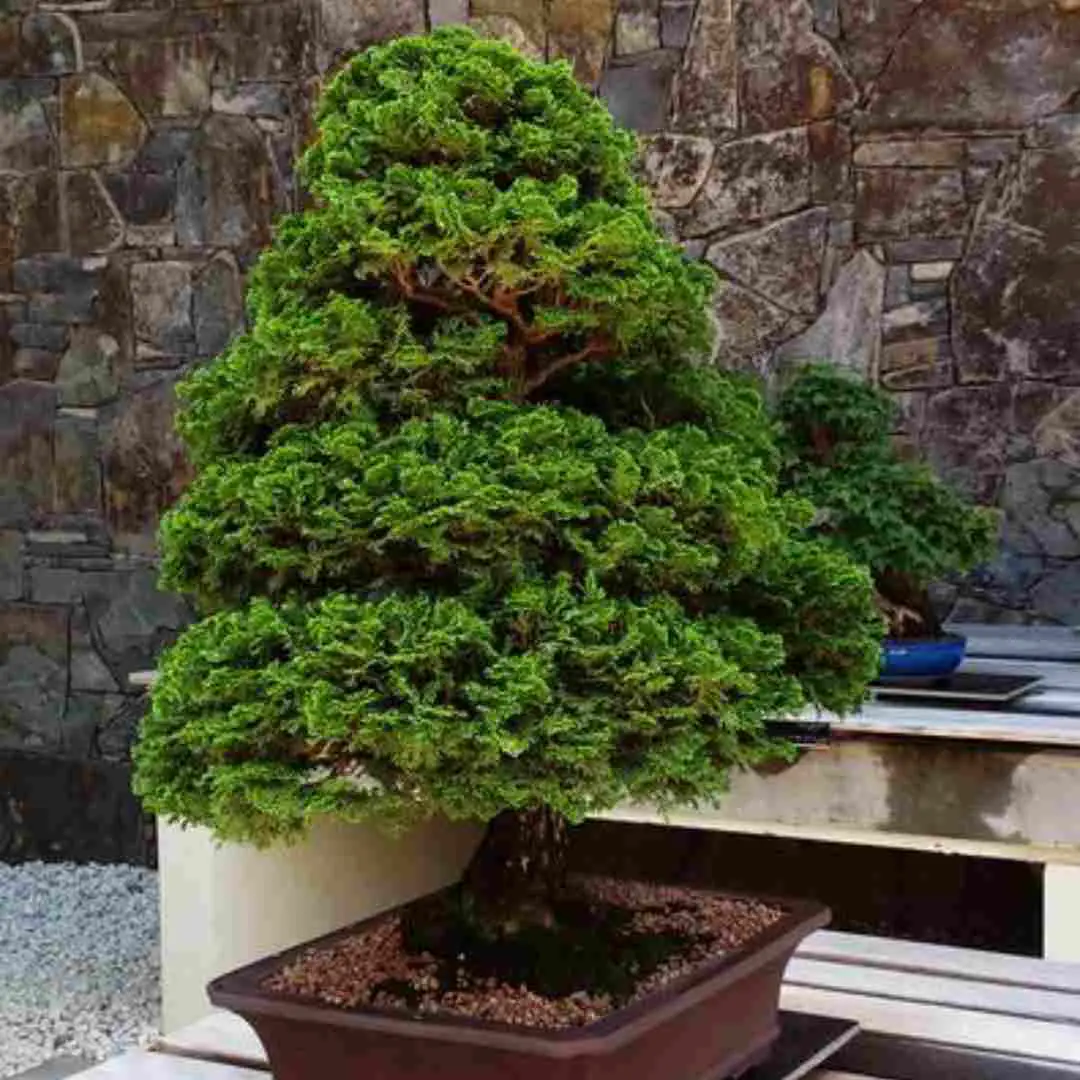Contrary to popular belief, growing bonsai indoors is possible. In fact, some people believe that many types of bonsai trees are actually easier to take care of when they aren’t being exposed to the harsh elements outdoors.
So if you don’t have space for outdoor bonsai and want to keep your bonsai planted indoors, there is good news.
Bonsai trees can be grown indoors. It is not as hard as you might think, however it does take some work. Whether you’ve got a small apartment or just a small space on your living room table, you can have a beautiful bonsai tree indoors, if you take the right actions.
If you want to grow bonsai indoors we have some very useful information here in this post. So keep reading as I dig deep into what you need to keep your bonsai tree alive indoors.
1) Provide Ample Lights For Your Indoor Bonsai Trees:
There are some tropical trees that can grow indoors, but most need plenty of light. When you grow a tropical bonsai tree indoors you have to give them ample lighting.
South or east-facing window is best for growing tropical bonsai tree species. Make sure there are no obstructions like curtains or blinds between the tree and the light source.
If you have a north-facing window, your bonsai will appreciate an artificial light source like this one that resembles natural sunlight.
Bright artificial lighting generally works well with indoor bonsai. But remember to keep the indoor lighting close to the tree. The maximum distance from the bonsai to the light source should not be more than 12 inches.
2) Give Your Indoor Bonsai High Humidity:
The ideal temperature range for growing bonsai trees indoors is 65-75 degrees Fahrenheit. However, this is not often a problem if you live in the eastern half of the United States because the humidity in that region is generally high enough.
But if you live in the West or Southwest region where humidity levels are lower than average, you should invest in a humidifier for your home.
These devices create moisture by drawing water from the air and releasing it into the room as fine water droplets. This process helps prevent dryness in your home and gives your bonsai tree an ideal environment to grow.
Another technique is to spray water on the leaves every day. This can also help with keeping the plant’s leaves shiny and green.

3) Maintain The Right Temperature For Your Indoor Bonsai Species:
The right kind of temperature can make your plants thrive indoors. Ensure that the temperature of your house or apartment stays appropriate and constant. You can purchase a thermometer in order to make sure that the temperature stays between 55 degrees at night and 65 degrees during the day.
The ideal temperature range for most plants is between 60 degrees and 70 degrees. If the temperature is too high or low, the plant will not be able to absorb water properly. This will result in wilting, discoloration, or dropping of leaves and even death of the plant.
You can also use a heating mat underneath the pot. This will help maintain a constant temperature during winter.
Be sure to keep your bonsai tree away from drafts or heat sources such as fireplaces and heating vents. This will help ensure that your plant does not dry out quickly.
4) Water And Fertilize The Bonsai At Regular Intervals:
To keep your Bonsai tree alive indoors, you have to make sure it gets enough water and fertilizer. The only time you should skip watering is if the top 1 or 2 inches of the soil are damp. Make sure the soil holds some moisture for a week before you water again.
If your bonsai tree’s leaves turn yellow and fall off, it means there’s not enough fertilizer in the soil. To fix this, wait until spring and apply some fertilizer specifically designed for bonsais. Keep in mind that too much fertilizer can damage your bonsai, so read the packaging carefully before applying any fertilizer at all.
5) Don’t Forget To Prune Your Bonsai:
After watering and fertilizing, the next most important thing is to prune the bonsai tree. Pruning helps the tree maintain balance and symmetry. If you don’t prune your tree regularly, it can get misshapen and tangled up in itself.
Allot some time regularly to trim the branches, roots, and leaves of your indoor bonsai trees. Regular leaf trimming will give your bonsai tree smaller leaves that are ideal to survive indoors.
6) Use Potting Soil Specially Made For Bonsai Trees:
Bonsai trees need soil that drains well so their roots stay healthy and their growth isn’t stunted by standing water in the soil. Don’t use the soil that you use to grow your regular houseplants.
Because bonsai trees are grown in containers and not in the soil, they must have adequate drainage holes in the bottom of the pots so water can drain out.
What Bonsai Trees Can Be Kept Indoors:
Even though it’s difficult to grow your bonsai indoors, there are some species that can easily survive indoors.
Trees like Ficus Bonsai, Dwarf Umbrella Bonsai, Chinese Elm Bonsai, and Dwarf Pomegranate Bonsai can grow pretty well in indoor environments and can tolerate lower humidity levels.
Bonsai Tree In Bathroom:
Bathrooms are great for keeping your bonsai trees. They do not need a lot of water and fertilizer. If you have plants in your bathroom, you may find that they are taking up too much space.
Bonsai trees use less water and fertilizer than traditional plants, allowing you more space in the bathroom while still providing the same benefits of having greenery in the room.
Conclusion:
So to sum it up Yes, indoor cultivation for bonsai trees is possible. They are not a traditional plant in that regard because they need special care. They require more attention than most ‘houseplants’ but for serious Bonsai lovers, it may be worth it to try.
The growing tips above should help you keep your Bonsai tree alive inside. Overlooking one of the tips could mean an early demise of your Bonsai tree. The concept is simple: If you meet all these needs, your Bonsai tree will stay alive indoors.
I hope you enjoyed this post about Bonsai Tree and learn about how to maintain a healthy bonsai tree indoors. As always, thanks for stopping by, and have a great day.
